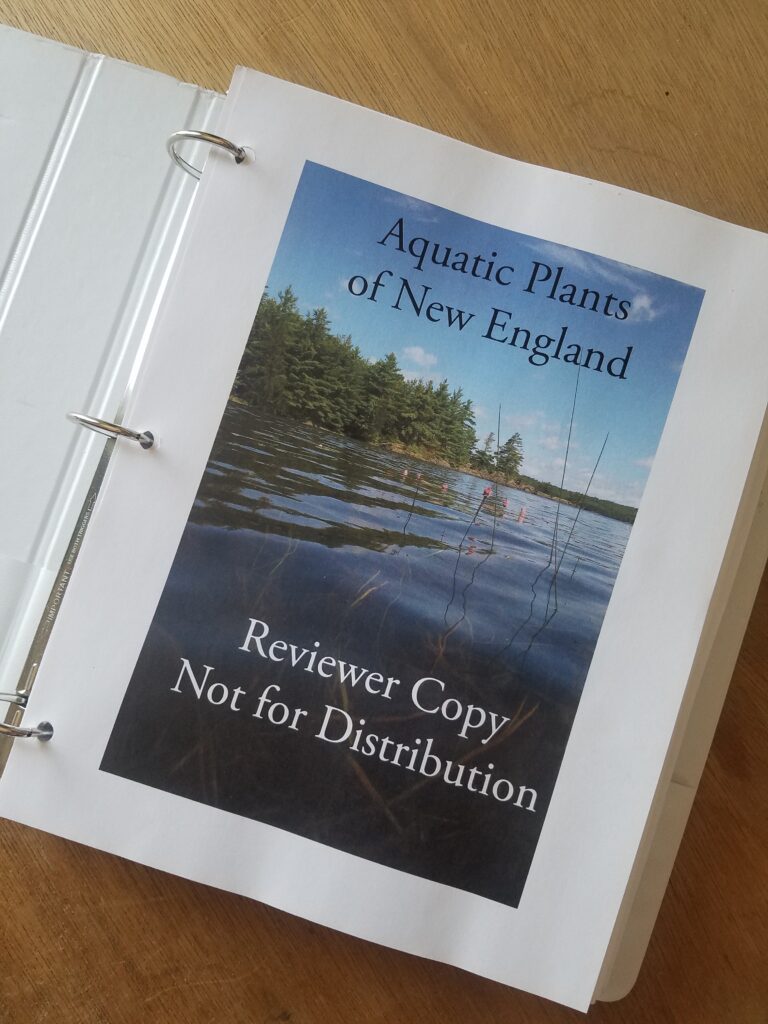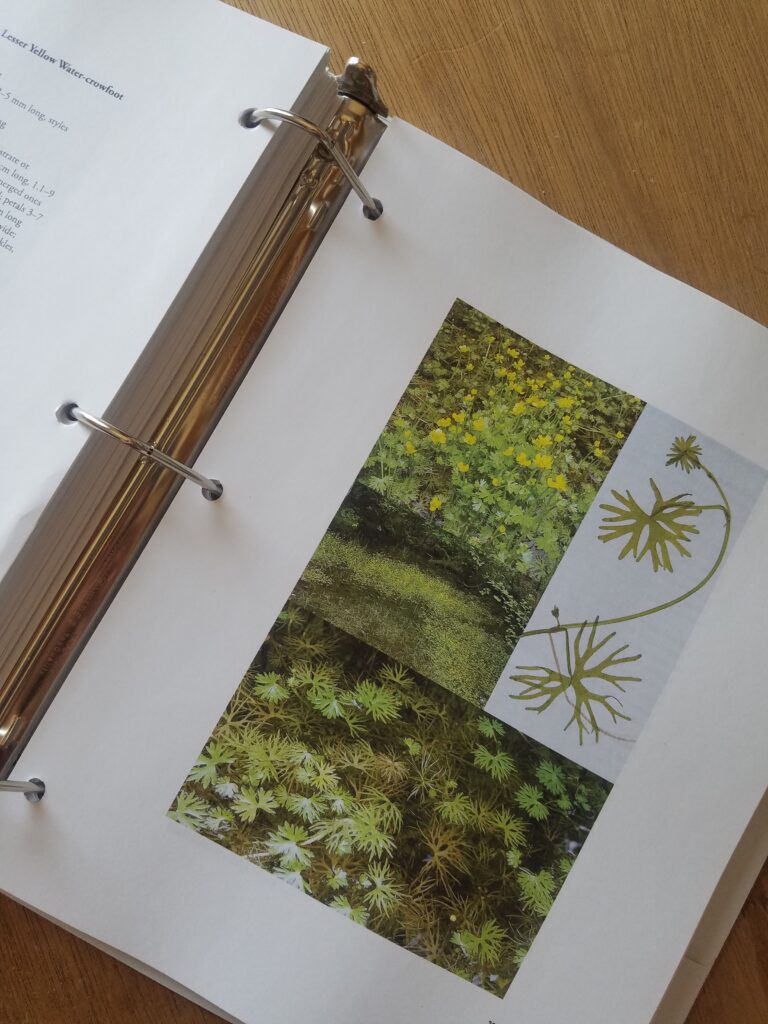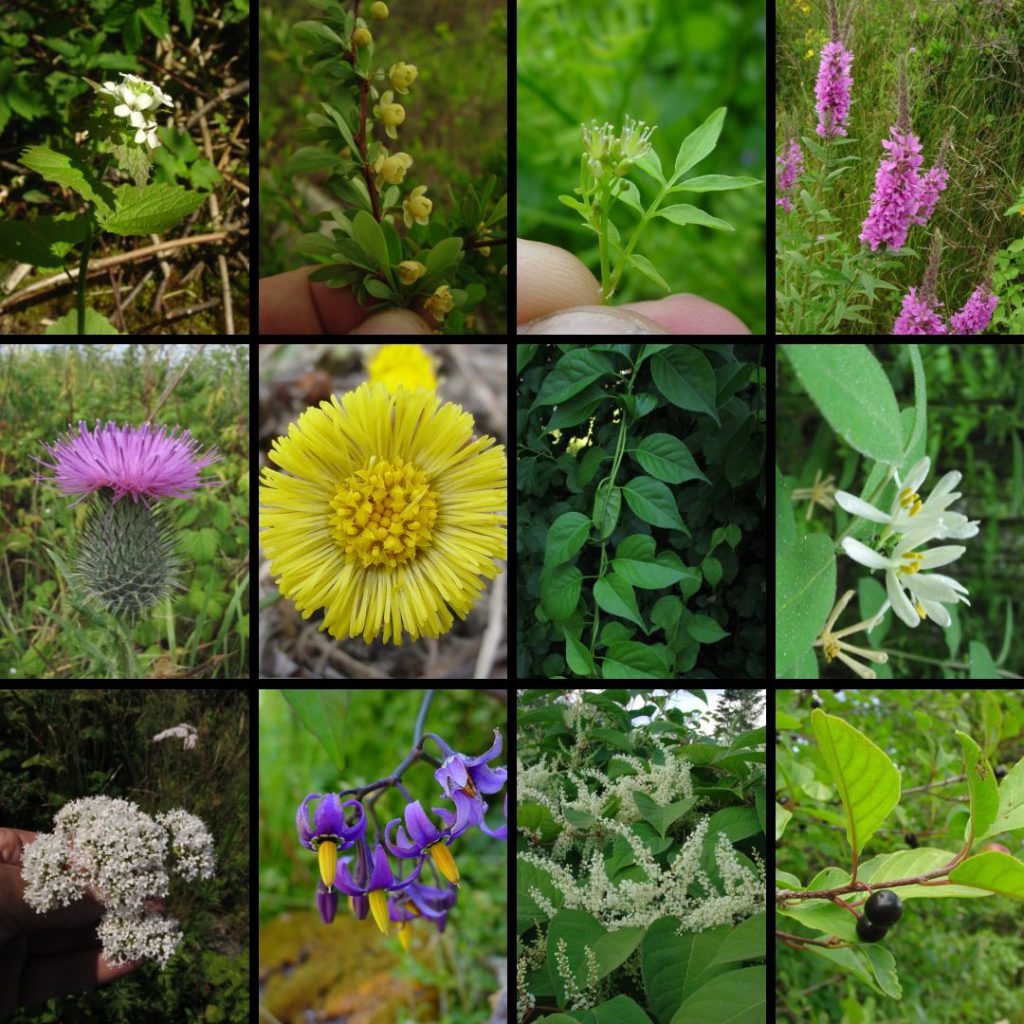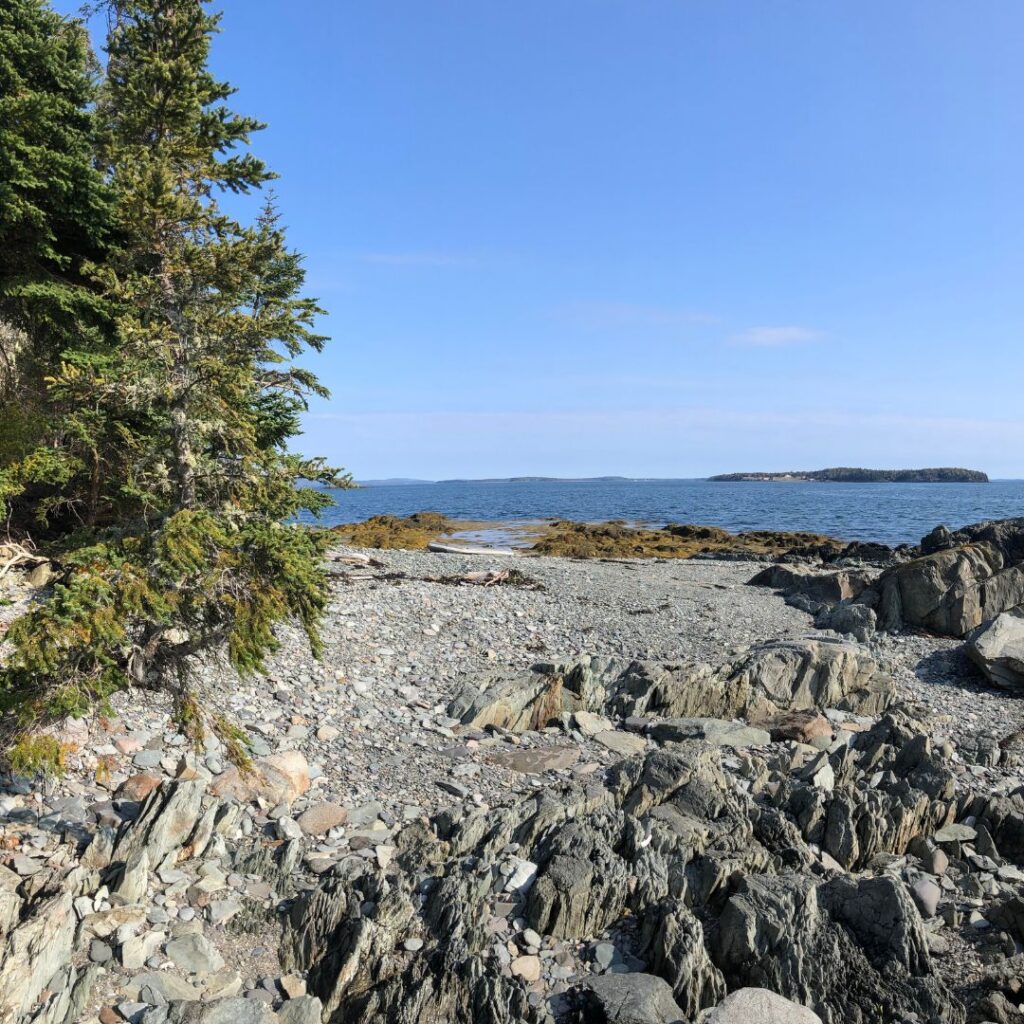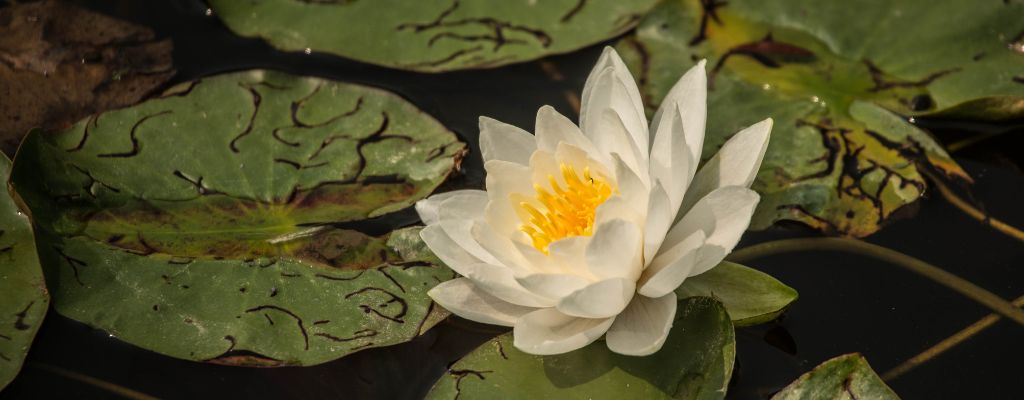
We’re excited to announce the upcoming publication of Aquatic Plants of New England, a new field guide by Don Cameron, Matt Arsenault, Melissa Cullina, and Glen H. Mittelhauser dedicated to the nearly 200 species of freshwater aquatic plants found throughout New England. Covering all native and introduced vascular aquatic plants in the region, this will be the first and only comprehensive yet accessible guide designed specifically for a broad range of users.
This field guide will include:
- High-quality, color photographs for every species
- Easy-to-use identification keys
- Detailed species descriptions
- Range maps and habitat information
- Guidance for recognizing both common and rare species
The authors are in the final stages of preparing the manuscript, so stay tuned for updates. We’re excited to share this much-needed resource with the New England community and beyond!
Project Supporters




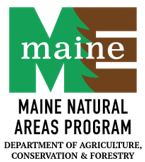
Stay Connected
Follow the progress of this project through our newsletter or on social media
Related Content
-

Invasive Plants
The Observatory has worked on Maine Coastal Islands National Wildlife Refuge (MCINWR) islands for a number of years detecting…
-

Coastal Plant Inventories
The Observatory has conducted plant inventories on over 75 islands along the coast of Maine and counting. This project…


